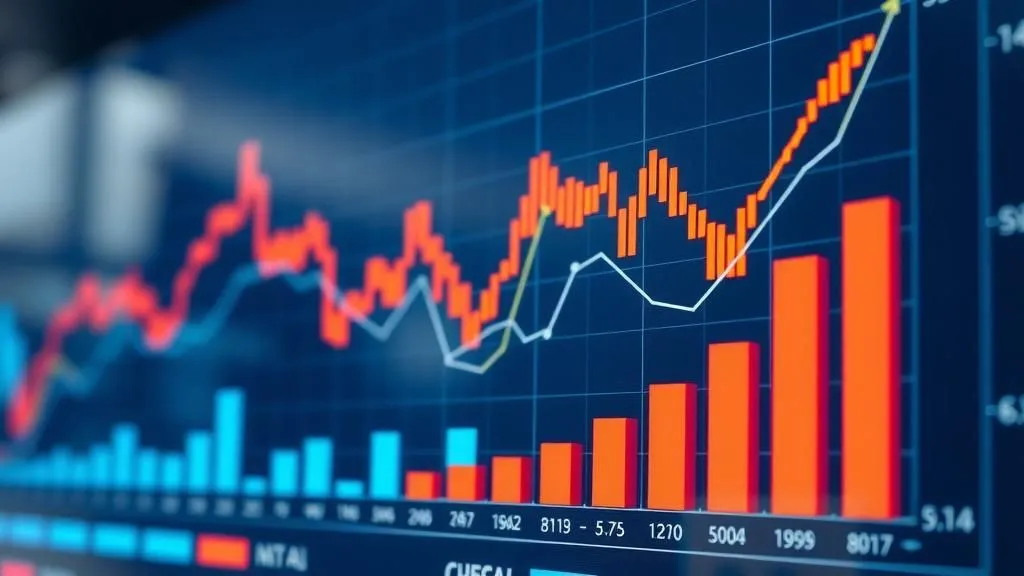Commodity ETF Guide
Commodity Exchange-Traded Funds (ETFs) have gained significant popularity among investors in recent years. These investment vehicles allow individuals to gain exposure to various commodities without the need to directly own physical assets. In this comprehensive guide, we will explore what commodity ETFs are, how they work, their benefits and risks, and provide some examples of popular commodity ETFs in the market.
What are Commodity ETFs?
A Commodity ETF is a type of exchange-traded fund that invests in commodities such as gold, silver, oil, natural gas, agricultural products, and other raw materials. These funds typically track the performance of a specific commodity index or a basket of commodities.
How do Commodity ETFs Work?
Commodity ETFs aim to replicate the price movements of the underlying commodities they track. They achieve this through various strategies such as holding physical commodities or investing in futures contracts or derivative instruments tied to the price of the commodity.
Note: It is important to understand that while commodity ETFs provide exposure to the price movements of commodities, they do not necessarily give investors ownership of physical assets.
The Benefits and Risks of Investing in Commodity ETFs
Benefits:
- Diversification: Investing in commodity ETFs can provide diversification benefits by adding an asset class that has historically had low correlation with traditional stocks and bonds.
- Liquidity: Commodity ETFs trade on major stock exchanges like stocks, making them easily accessible for investors.
- Convenience: Unlike investing in physical commodities, commodity ETFs offer the convenience of buying and selling shares through a brokerage account.
- Transparency: Commodity ETFs disclose their holdings regularly, providing transparency to investors.
Risks:
- Volatility: Commodity prices can be highly volatile, which can lead to significant fluctuations in the value of commodity ETFs.
- Contango and Backwardation: Commodity futures markets can experience contango (when future prices are higher than spot prices) or backwardation (when future prices are lower than spot prices), which can impact the performance of commodity ETFs.
- Commodity-specific Risks: Each commodity has its own unique risks, such as geopolitical factors affecting oil prices or weather conditions impacting agricultural commodities.
Popular Commodity ETFs
Here are some examples of popular commodity ETFs:
- iShares Gold Trust (IAU)
- An ETF that seeks to track the performance of gold bullion. It provides investors with exposure to the price movements of gold without owning physical gold.
- United States Oil Fund (USO)
- A widely traded ETF that invests in oil futures contracts. It aims to reflect the performance of West Texas Intermediate (WTI) crude oil.
- Invesco DB Agriculture Fund (DBA)
- An ETF that invests in futures contracts on agricultural commodities like corn, wheat, soybeans, and sugar. It offers exposure to the agriculture sector as a whole.
Conclusion
Commodity ETFs can be a valuable addition to an investor's portfolio, providing exposure to the price movements of various commodities. However, it is crucial for investors to understand the risks involved and conduct thorough research before investing in these funds. By diversifying their holdings and staying informed about commodity-specific factors, investors can make well-informed decisions when considering commodity ETFs as part of their investment strategy.


